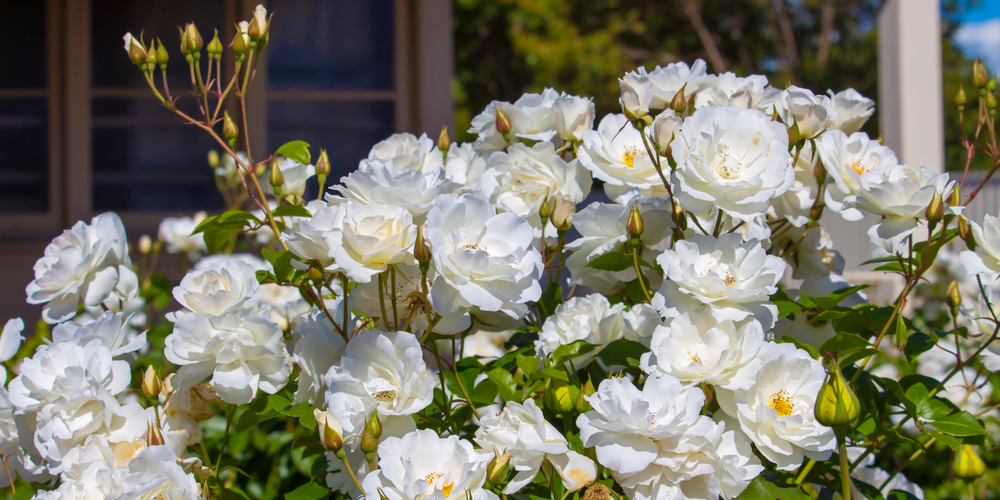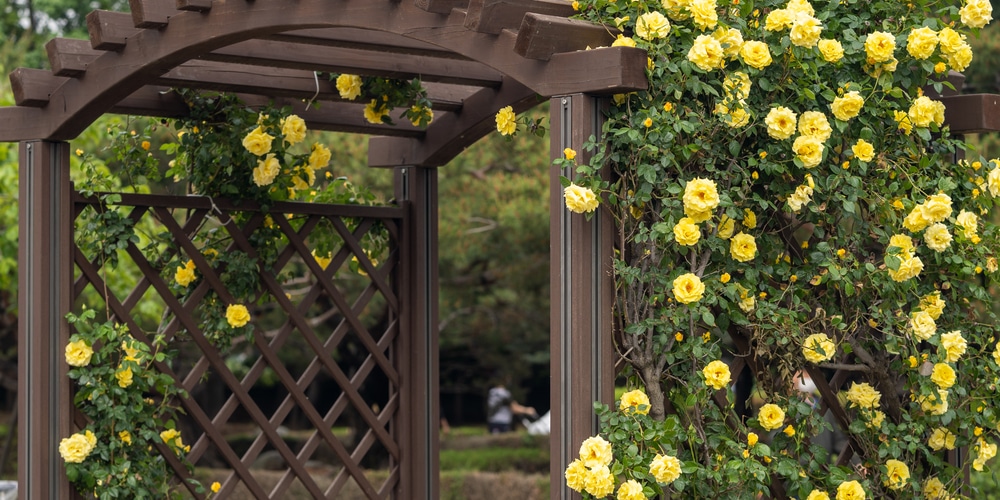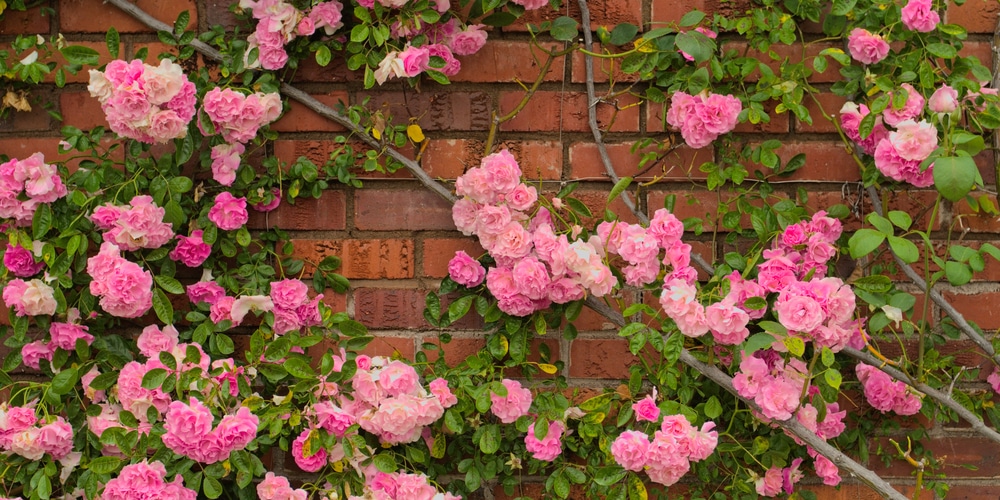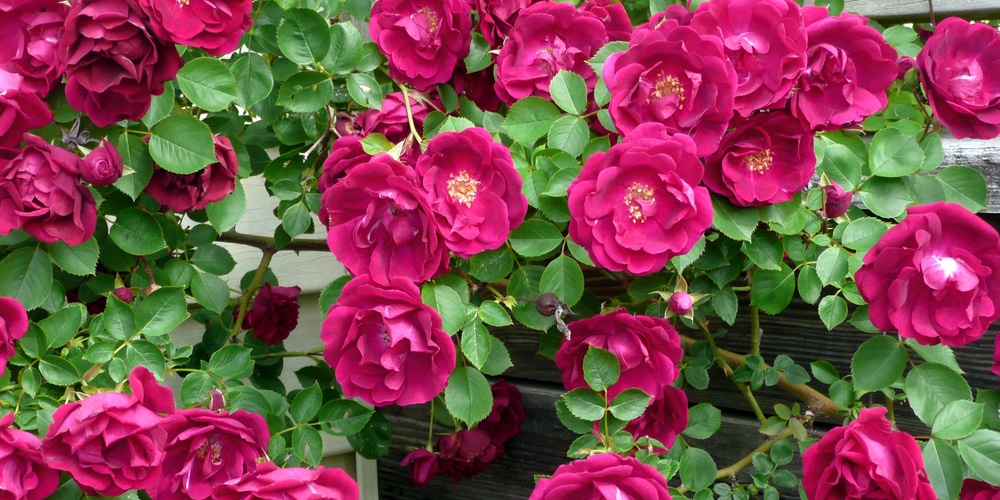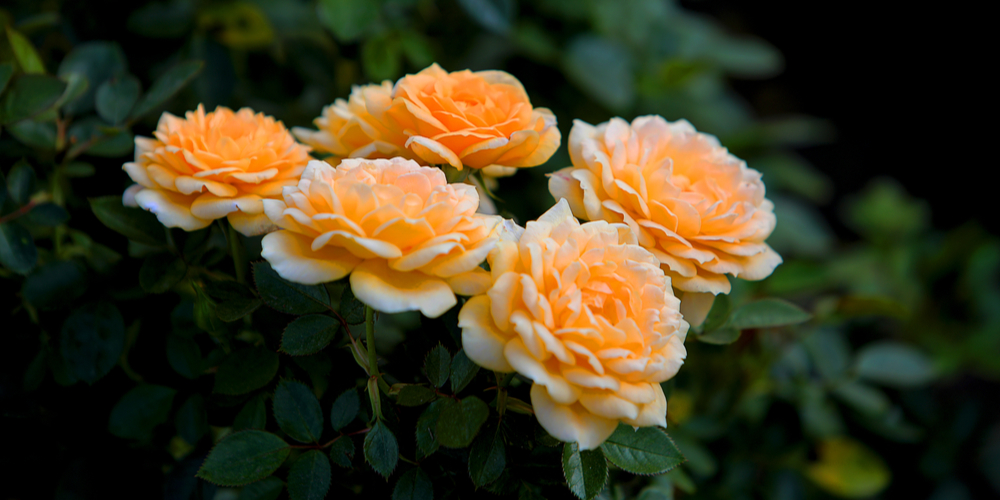Roses have long been a garden staple and are cherished for their beautiful blooms. Their unparalleled fragrance can fill a garden, and their petals can add color to any landscape. While they can be finicky to grow, roses can thrive in any garden with the right care and attention. For those in hardiness zones 7 and 7B, growing roses can be a bit tricky when summer temperatures can reach the high 100s, and winter temperature can dip below freezing. Let’s look at roses for Zones 7 and 7 B.
Ideal Rose Growing Conditions
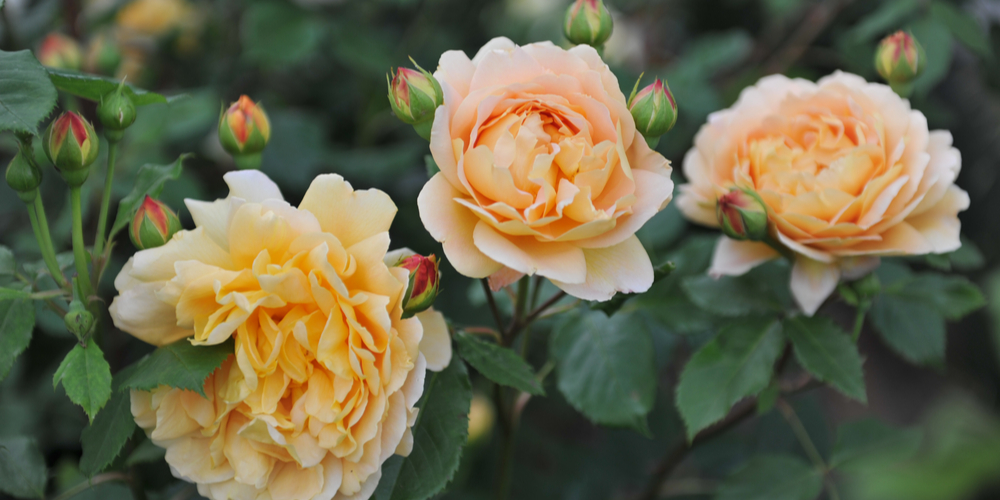
As gardeners, we all know the struggles of keeping our plants alive during the hot summer months or the bitterly cold winter nights. It can be frustrating when we put so much time and effort into caring for our plants, only to see them wilt and die. In these hardy zones, roses are no exception. Knowing which hardy roses can survive the extreme temperatures is essential for any gardener in these areas.
Roses are not the easiest plant to grow, and while many might frown upon the thought of adding roses to their zone 7 or 7B garden, with the right conditions and varieties, roses can thrive. In order to have a successful rose garden in these zones, it is important to understand the ideal growing conditions for roses.
Roses need at least six hours of direct sunlight per day. While they can tolerate some shade, too much will result in leggy plants with few blooms. Roses also need well-drained soil. Standing water will cause the roots to rot and leaves to develop fungal diseases. It is important to amend the soil with organic matter such as compost or peat moss in areas with heavy clay soils before planting roses.
Additionally, they also prefer a slightly acidic pH of around 6.5. If your soil is too alkaline, you can add sulfur to lower the pH or use an acidifying fertilizer such as cottonseed meal.
Planting at the Right Time Makes All The Difference!
When to plant roses is just as important as where to plant them. For zone 7 and 7B, the best time to plant roses or any rosebush variety, for that matter, is during the months of late winter or early spring. This will give the plants enough time to establish a good root system right before winter sets in again.
If you plant them too late in the season, the rosebushes may not have enough time to get acclimated and could die during their first winter. If you want your roses to bloom the following spring, then you need to plant them early enough for them to be well-rooted but not so early that they get damaged by frost.
In the warmer parts of zone 7, you can plant roses a little later in the season but be sure to protect them from late frosts. You have a bit more leeway for those of you who garden in zone 7B when it comes to timing; late fall is still an acceptable time to plant roses as long as the ground isn’t frozen.
The most important thing to remember when planting roses is that they need at least six hours of sunlight each day to bloom well. Choose a spot that gets plenty of afternoon and morning sun and has good drainage. Avoid planting them too close to trees or shrubs, as they will compete for nutrients and water.
Best Roses for Zone 7 and 7 B
Despite the challenges of growing roses in zones with extreme hot and cold temperatures, several hardy roses can thrive in these conditions. Here are some zone 7 and 7B rose types and varieties known for breaking the stereotype that roses are delicate and challenging to grow.
Shrub Roses
A popular choice of roses for zones 7 and 7 B, shrub roses are popular for their hardy characteristics. They are known for their toughness and resilience, as well as their beautiful blooms. Some popular shrub rose varieties may include Knock Out, Harrison’s Yellow, and Carefree Beauty.
These roses are low maintenance and do well in a variety of soil types. They can also tolerate some drought, making them ideal for zones with hot summers and limited rainfall.
Miniature Roses
Like shrub roses, miniature roses are also tough and resilient. They are perfect for gardeners in zones with colder winters, as they can withstand a little frost. Miniature roses also have beautiful blooms and come in a variety of colors.
One popular miniature rose variety is the Sweetheart Rose. This rose has bright pink blooms that will surely add color to any garden. Being resistant to both heat and cold, it can thrive in a variety of climates.
Climbing Roses
Climbing roses are perfect for those who want to add a touch of elegance to their garden. These beautiful plants can reach heights of up to 20 feet, making them ideal for covering fences or trellises. Their overall beauty and fragrance make them a popular choice for gardeners. This diverse group of roses includes both old-fashioned and modern varieties. Some popular climbing roses include:
New Dawn Rose: New Dawn roses are beautiful climbers with large and fragrant flowers. They come in a wide variety of colors, including white, pink, and red. These roses are commonly seen draping up walls and trellises and profusely bloom from early summer to frost.
Fourth of July Rose: The Fourth of July rose is a striking climber with white flowers with red stripes running through them. Many gardeners enjoy the patriotic look of these roses. They are also very fragrant and make excellent cut flowers.
Blazing Sunset Rose: As its name suggests, the Blazing Sunset rose is a beautiful plant that produces vibrant red flowers. When trained to grow on a trellis, these roses can create a fantastic display in any garden.
Penny Lane Rose: Penny Lane roses are a new variety of climbers that feature pink flowers with yellow edges. Easy to care for, its unique blooms make it a popular choice for gardeners.
Climbing Tropicana: Another new variety of rose, Climbing Tropicana is a beautiful plant with salmon-colored flowers. Despite its tropical name, this rose is hardy and can tolerate colder temperatures.
Iceland Queen: Popular for its large, white flowers, the Iceland Queen rose is a hardy climber that can thrive in cold climates and poor soil. Elegant, fragrant, and long-lived, this is an excellent choice for roses for zones 7 and 7 B.
Grandiflora Roses
Famous for its large flowers, the Grandiflora rose is a showstopper in any garden. This category of rose is known for its hybrid vigor, which makes it adaptable to different growing conditions. Grandiflora roses come in a variety of colors, from classic reds and whites to more unusual shades like blue and black. Some popular varieties include Queen Elizabeth, Golden Girl, Camelot, Scarlett Knight, and Montezuma.
Floribunda Roses
The Floribunda rose is a hybrid of the Hybrid Tea and Polyantha roses. These beautiful plants are known for their large clusters of flowers that come in a wide range of colors. Angel Face, Floradora, Saratoga, and Fire King are some crowd-favorite varieties.
Roses for Zones 7 and 7 B: In Summary
All of the roses on this list are beautiful, resilient plants that will thrive in your zone 7 or 7B garden. They come in various colors and sizes, and they are known for their hardiness and beauty.
If you’re looking for a showstopping rose to add to your garden, then consider planting a climbing rose, miniature rose, or Grandiflora rose. If you want a plant that is easy to care for and produces beautiful clusters of flowers, then the floribunda rose is a great choice.
Related Article: 10 Flowers That Start with the Letter B
